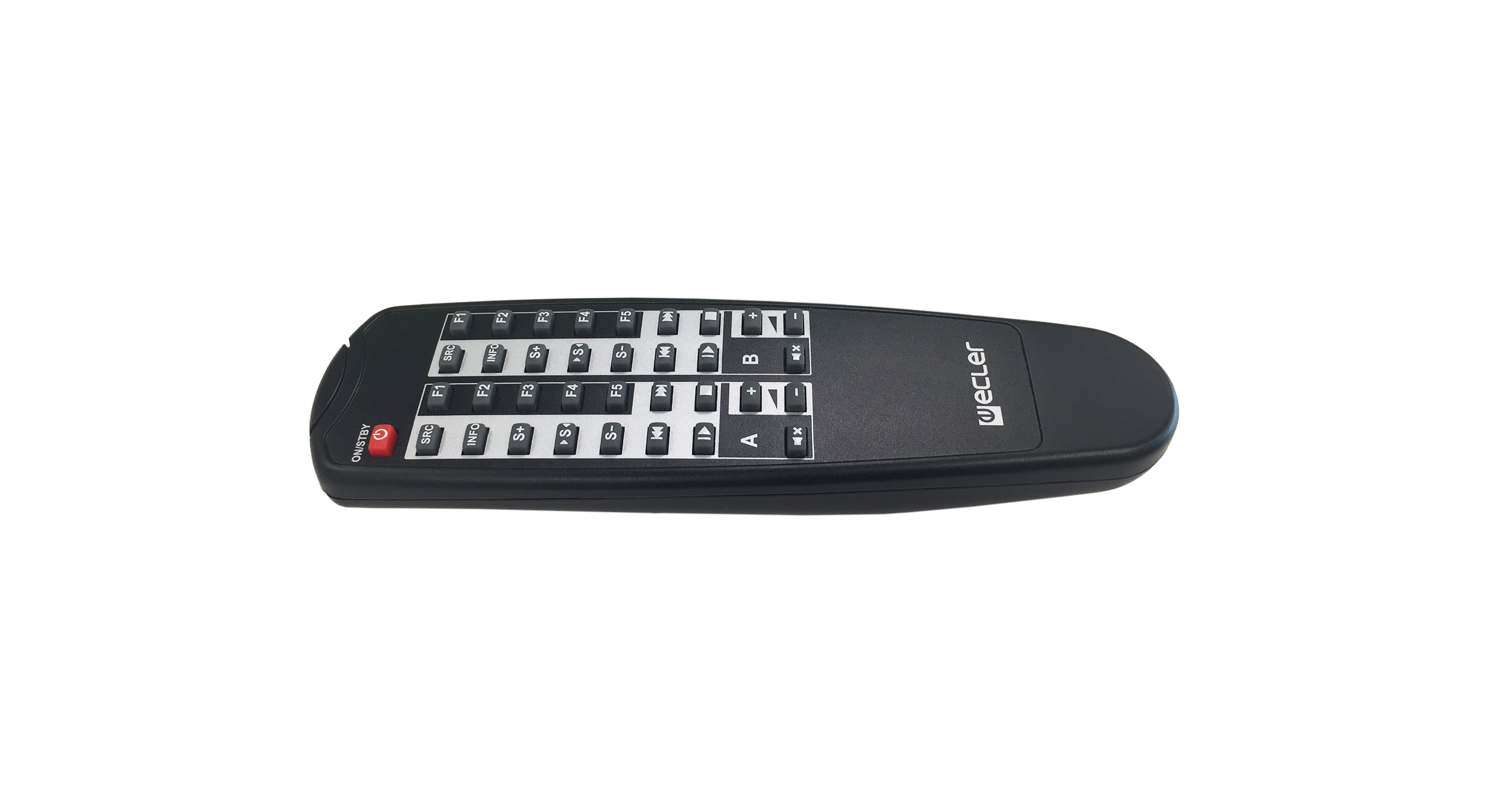
- DUAL MEDIA PLAYER HOW TO
- DUAL MEDIA PLAYER MOVIE
- DUAL MEDIA PLAYER INSTALL
- DUAL MEDIA PLAYER SOFTWARE
- DUAL MEDIA PLAYER WINDOWS
DUAL MEDIA PLAYER WINDOWS
With TelemetryOS we have taken all of the best features from Chrome, Android, Windows and Linux and combined them into one digital signage platform.

This will be our primary platform going forward and will receive the most features and attention. TelemetryOS is easy to use, manage, and scale. TelemetryOS is our proprietary operating system and the TelemetryTV media player is a secured, optimized and customized platform. Update: With the release of our new TelemetryOS we are now recommending TelemetryOS devices as the primary choice for new digital signage deployments. If you need help choosing a screen as well, don’t forget to head over to our comprehensive guide on the top digital signage displays for 2022. With that said, here are our top choices for digital signage media players in 2022, based on a variety of different factors and priorities. Painstakingly researching the ins and outs of digital signage hardware and more time focusing on what’s important: the strategic deployment of your digital signage and all-important content creation. In this piece, we’re going to help you find the absolute best digital signage players for 2022, from cheap plug-and-play devices that get the job done to tiny media boxes that possess enormous processing power. Which hardware options on the market are best isn’t the easiest of tasks.
DUAL MEDIA PLAYER HOW TO
But considering how rapidly digital signage tech is evolving, knowing how to discern

DUAL MEDIA PLAYER SOFTWARE
The first thing you’re going to need to do is invest in three key ingredients: a digital signage software solution, screens, and a media player for each display. Pressing Ctrl+ Shift+ V again will toggle back to having these apply to the main subtitles.) Then, press v the right number of times to switch to the (secondary) subtitles that you want.If you’re just getting started with digital signage, (This means that the normal subtitle control shortcuts like v or Alt+ v, for cycling between subtitles backwards and forwards, will now apply to the secondary subtitles, rather than the main subtitles. When playing a video, you need to "Toggle secondary subtitle control" with the default shortcut Ctrl+ Shift+ V. You may also need to adjust the offset (the adjacent setting). Go to Tools > Preferences > Subtitles/OSD > Dual Subtitles (at the very bottom) > Align and change it to anything but unset. Making it work seems to currently be a bit more fiddly than with MPV.įirst, you need to turn them on, overall. If you prefer VLC, it also supports dual/secondary subtitles, as of the beta 4.0.0. Then Ctrl+ j will cycle your secondary subtitles in the same direction that j cycles the main ones (increasing subtitle stream index), and Ctrl+ Shift+ j will cycle them in the opposite direction J (decreasing subtitle stream index). However, you can very easily add some.įor example, if you add the following to your ~/.config/mpv/nf (or more generally, your $/mpv/nf): Ctrl+j cycle secondary-sid For example, to display the English subtitles, from the previous example, as the main subtitles, and the French ones as the secondary ones, you can run (in a terminal): mpv -sid=1 -secondary-sid=2 file1.mkvĬycling secondary subtitles with keyboard shortcutsīy default, there aren't any keyboard shortcuts for cycling the secondary subtitles (in the way that you can cycle the "main" subtitles with j and J ( Shift+ j)). Knowing these indices, you can specify the "main" and secondary subtitles with the options -sid and -secondary-sid. The default subtitle stream is the first one (marked with a (*)) and it's also the one that's selected (with a (+)). Here the first two subtitles are built-in, with languages English ( eng) and French ( fra) respectively, while the third one is from an external file. Subs -sid=3 'file1.srt' (subrip) (external) For example, after running mpv file1.mkv: (+) Subs -sid=1 -slang=eng (*) (subrip)

The stream indices, their languages (if the subtitle has a specified language), and whether the subtitle comes from an external file, are displayed in the terminal when you play your file with mpv. In general, the built-in subtitles will (logically) have the earlier indices. The streams are assigned consecutive, integer indices (1, 2, 3.). Irrespective of how they were chosen (built-in or from an external file) each set of subtitles will be in its own "stream" when you play the video file. or by playing around with -sub-auto (e.g. If not, you can specify the subtitle files explicitly by adding the options -sub-file=subtitle_file_lang_xx.src, -sub-file=subtitle_file_lang_yy.src etc.
DUAL MEDIA PLAYER MOVIE
if your movie is called file1.mkv your subtitle file should be file1.srt). I'm going to assume that all the subtitles are either built-in (as specified in the question) or in a separate, but suitably named external file (e.g.
DUAL MEDIA PLAYER INSTALL
I think that the best approach is with mpv (available via sudo apt install mpv).


 0 kommentar(er)
0 kommentar(er)
